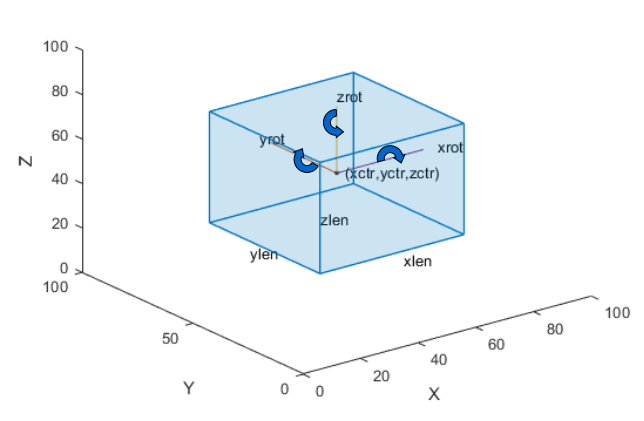bboxwarp
Apply geometric transformation to bounding boxes
Syntax
Description
bboxB = bboxwarp(bboxA,tform,ref)bboxA according to the geometric
transformation defined by tform. Bounding boxes can be axis-aligned
rectangles, rotated rectangles, or cuboids. The spatial reference object,
ref, defines the output view into which the boxes are transformed.
This function supports 2-D and 3-D bounding boxes.
bboxB = bboxwarp(bboxA,tform,ref,"OverlapThreshold",overlapThreshold)


